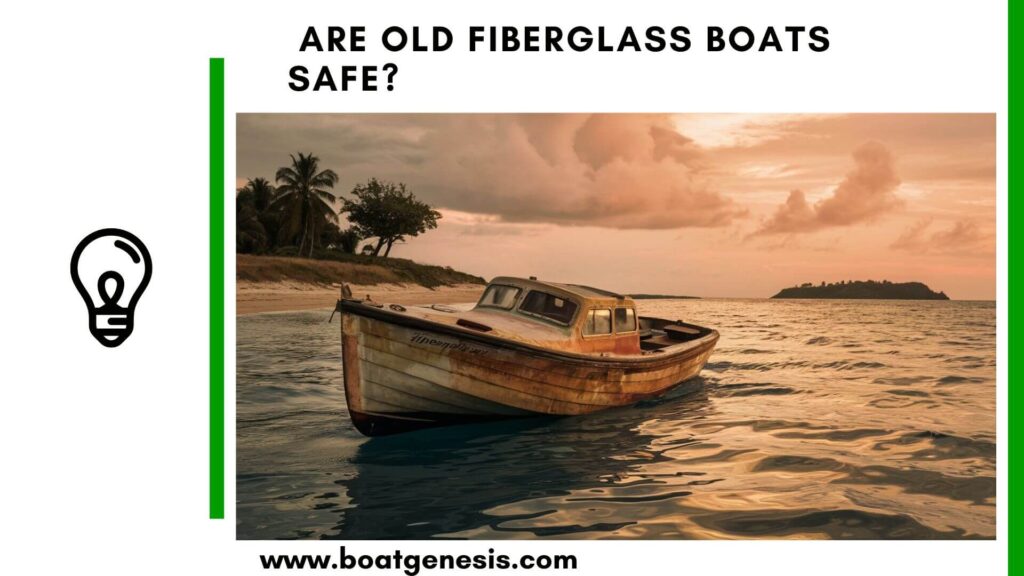The short answer is: it depends. While fiberglass boats can last 25+ years when properly maintained, they are not immune to age-related issues that can compromise safety if left unchecked.
Factors That Affect Fiberglass Boat Safety Over Time
Several key factors influence how well a fiberglass boat holds up as it gets older:
- Quality of original construction: Boats built with thicker hulls and more resin tend to be more durable long-term than lighter, thinner builds. Older boats from the 60s-70s were often overbuilt by today’s standards.
- Maintenance history: Fiberglass is very resilient but still requires proper upkeep. Boats that have been well-cared for, kept clean, waxed, and protected from the elements will fare better than neglected vessels.
- Storage conditions: Boats stored indoors or under cover suffer less UV damage and weathering than those left outside 24/7/365. Dry storage is ideal for longevity.
- Usage patterns: Hard use like frequent groundings or racing puts more stress on a hull than leisurely cruising. Fatigue can become an issue in fiberglass that has endured heavy shocks.
Common Problems in Aging Fiberglass Boats

Even well-made, carefully maintained fiberglass boats may develop age-related problems like:
- Osmotic blistering: Water can penetrate the gelcoat and react with materials in the laminate, causing blisters. This is mostly a cosmetic issue but can weaken the structure in severe cases.
- Core deterioration: Many boats have balsa or foam cores in the deck that can rot if water intrudes, leading to soft spots and potential delamination. Recoring is an expensive repair.
- Stringer and bulkhead damage: The internal grid that reinforces the hull is often made of wood, which can rot, or tabbed in with fiberglass that may crack or separate over time.
- Outdated systems: Old wiring, plumbing, and engines may need updating to meet current safety standards and reliability expectations. Refits get pricey quickly.
==>> Also read: Repurpose old fiberglass boats
Assessing the Safety of an Old Fiberglass Boat
The best way to determine if an older fiberglass boat is still seaworthy is to have it thoroughly inspected by a qualified marine surveyor. They can assess the condition of the hull and stringers, identify any damaged areas, and test moisture levels.
It’s also critical to check for hazardous materials like asbestos or old fuel/oil that may have been used in the original build. Proper remediation is a must before using the boat.
The Bottom Line on Old Fiberglass Boat Safety
With diligent care and smart upgrades, there’s no set expiration date on a well-constructed fiberglass hull. Many 30, 40+ year old boats are still going strong.
However, it’s important to go in eyes-wide-open to the potential repair and maintenance needs of a older vessel. Prioritize safety above all else. Plan for regular inspections and a refit budget to keep an aging boat shipshape.
Treat an old fiberglass boat like a classic car – with meticulous upkeep, you can enjoy it for many years to come. But neglect it, and you’re risking your safety on the water.

Founder of BoatGenesis, Warren has hands-on experience in fiberglass boat repairs, marine equipment testing, and powerboat building. Learn more about Warren.




